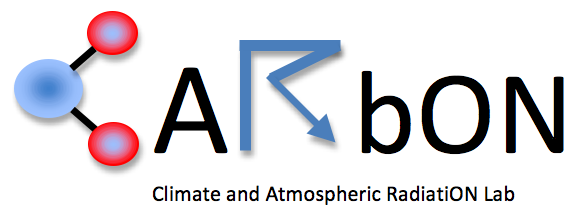Gayana Hendawitharana
Department of Meteorology, Colombo, Sri Lanka

Thesis Topic:
Long-Term extreme rainfall frequencies and intensities in Sri Lanka: Trends and Mechanisms
The most frequent natural disaster which account for the loss of properties and human lives in Sri Lanka are usually associated with extreme rainfall events. Until now, there have been no scientific studies about extreme rainfall in Sri Lanka. For this reason, the study was conducted to determine the trends of extreme rainfall events and to understand its causes by identifying mechanisms of these extreme events. This study used a 110-year daily rainfall data, which consists of 15 meteorological stations island-wide to discuss and analyze the extreme rainfall events based on regional and seasonal patterns. All trends were determined by using least-squares linear regression while statistical significance was determined by using the Kendall-tau test. Three indices of extreme rainfall were examined: extreme frequency, extreme intensity and extreme percent. Extreme frequency is the number of events above the long term 95th and 99th percentile of rainy days, defined as very heavy (VHRF) and extreme (ERF) rainfall events, respectively. Extreme intensity stands for the average intensity of extreme rainfall and extreme percent is the contribution of the extreme events to the total rainfall. Based on annual and seasonal analyses exclude North east monsoon (NEM) season, most stations have shown positive Extreme Rainfall Expectation Index (EREI). An increasing trend in extreme frequencies and extreme intensity indices were also observed. Seasonal basis analysis showed some discrepancies for both the Dry zone and the Wet zone (except Colombo) during the rainy seasons (northeast and southwest monsoons) in 100 years. In contrast, Colombo station indicated an increasing trend of extreme rainfall in all the four seasons. Based on the analysis of the three most recent extreme rainfall events in each climatic zone in Sri Lanka, the mechanisms that caused the extreme rainfall events were determined. The study concluded that most of the extreme rainfall occur in May and from the September to December periods due to the impacts of the Inter Tropical Convergence Zone (ITCZ), monsoons, cyclones and topography of the country.

